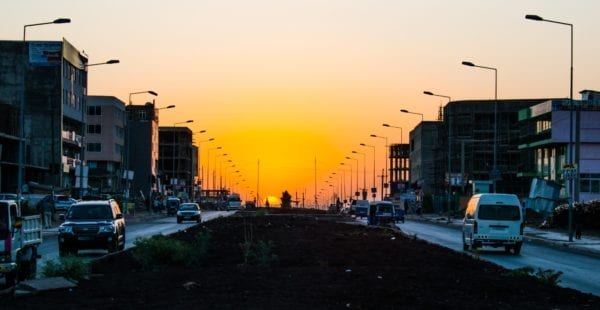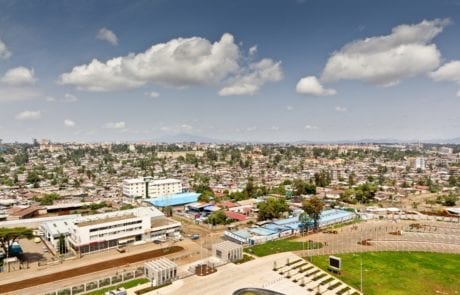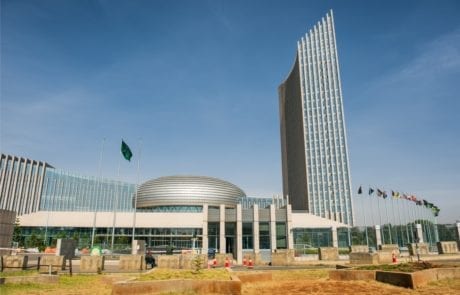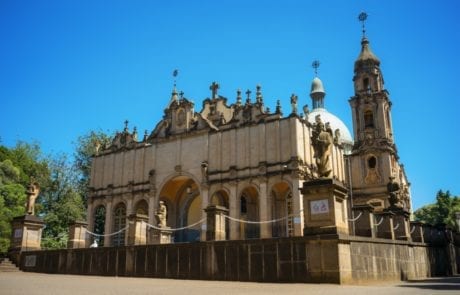Addis-Ababa
Addis Ababa, capital city of Ethiopia and the political capital of Africa

In Amharic, the official language of Ethiopia, Addis Ababa means “New flower”. It was the name given to the city by Empress Taytu, wife of Emperor Menelik, when she discovered a flower she had never seen before. The site of Addis Ababa was chosen by her, and her husband founded the city in 1886, building a palace there.
Also a diplomatic capital with over 4 million inhabitants, the city hosts the headquarters of the African Union since 1963. After New York and Geneva, Addis Ababa is the third city in the world with the largest amount of diplomats. .
It also happens to be the political city of the whole African continent.
Addis Ababa is also the perfect destination for tourists as it has various attractions and jaw-dropping landscapes. It has several museums such as the “Red Terror” Martyrs’ Memorial Museum and the Entoto Museum.
However, the most famous museum is perhaps the National Museum which exhibits several heterogeneous objects, ethnographic handicrafts, and has an archaeological section with a reproduction of the skeleton of Lucy, the first Australopithecus afarensis skeleton ever found, considered to be the world’s most famous human ancestor, discovered in 1974.
The Holy Trinity Cathedral, St. George’s Cathedral and various other churches and mosques in the capital city are also fascinating features of Addis Ababa that give you a glimpse into the importance of religion in the lives of Ethiopians. From Mount Entoto, you can also take in the whole view of the city. Emperor Menelik had planted a large number of Eucalyptus trees along the capital city’s streets, which are still present today.
Nestled on the highlands – more than 2,300 meters above sea level – Addis Ababa boasts a mild climate throughout the year. In 2015, a light rail network was introduced in the city. Having 39 stations and two lines, it is very easy to get around the city to explore its different facets.








